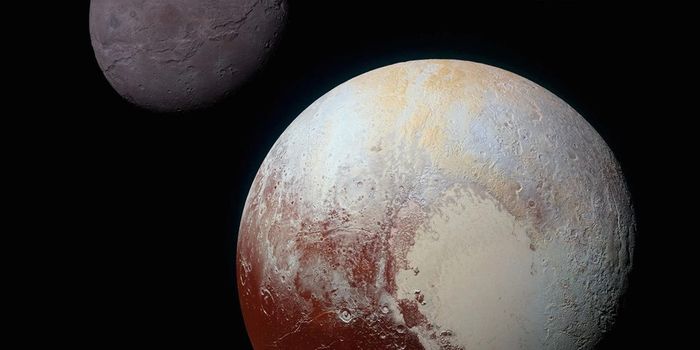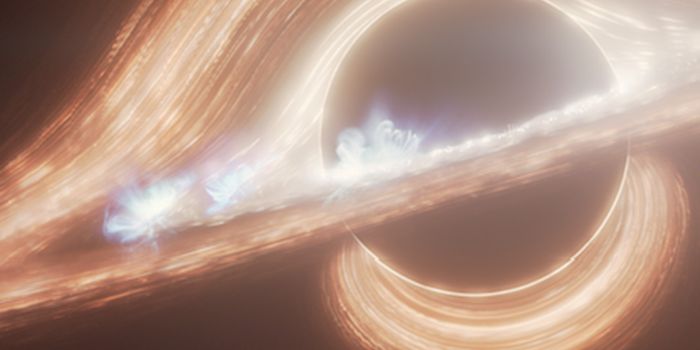The Science Behind Eclipses
A particularly convenient coincidence exists between the relative sizes of the Sun and the Moon, and their distance from one another. Not only is the Sun just over 400 Moons across, it’s also around 400 times more distant from the Earth than the Moon is. This ratio means that both bodies appear to be the sam size in our sky, and furthermore, permits something spectacular to happen when the Moon passes between our line of sight with the Sun: a solar eclipse.
During a solar eclipse, the Moon blocks most of the Sun’s light, temporarily casting the Earth into near-darkness almost as if it were nighttime. Only a small amount of the Sunlight passes around the Moon’s edges when this happens, and the effect, as witnessed by many just a few years ago, is jaw-dropping to say the least.
Solar eclipses can happen more than once per year, but may only be visible to certain parts of the world, depending on the geometry. When you’re directly under the shadow being cast on the Earth, you’ll get to experience totality, which is when the Sun appears totally darkened. Depending on how far you are from that shadow, you may see a fully-blocked Sun or a partially-blocked Sun. Viewers may also witness bright spots around the Moon’s surface during totality, which occur because of the craters that deform the Moon’s surface.
Solar eclipses aren’t the only types of eclipses that can happen; so too can lunar eclipses, which happen when the Earth passes between the the Moon’s line of sight with the Sun. When this transpires, the Earth casts a shadow on the Moon, making it appear totally invisible in the Earth’s sky since the Sun’s light can’t reach it. It’s worth noting, however, that lunar eclipses are visible to anyone anywhere on the Earth, which isn’t the case for solar eclipses.
Both lunar and solar eclipses are beautiful to witness in person, but it’s important to remember that viewing solar eclipses necessitates eye protection to prevent eye damage. You won’t need eye protection for lunar eclipses, however.
Related: When will the next solar eclipse be in the United States?








